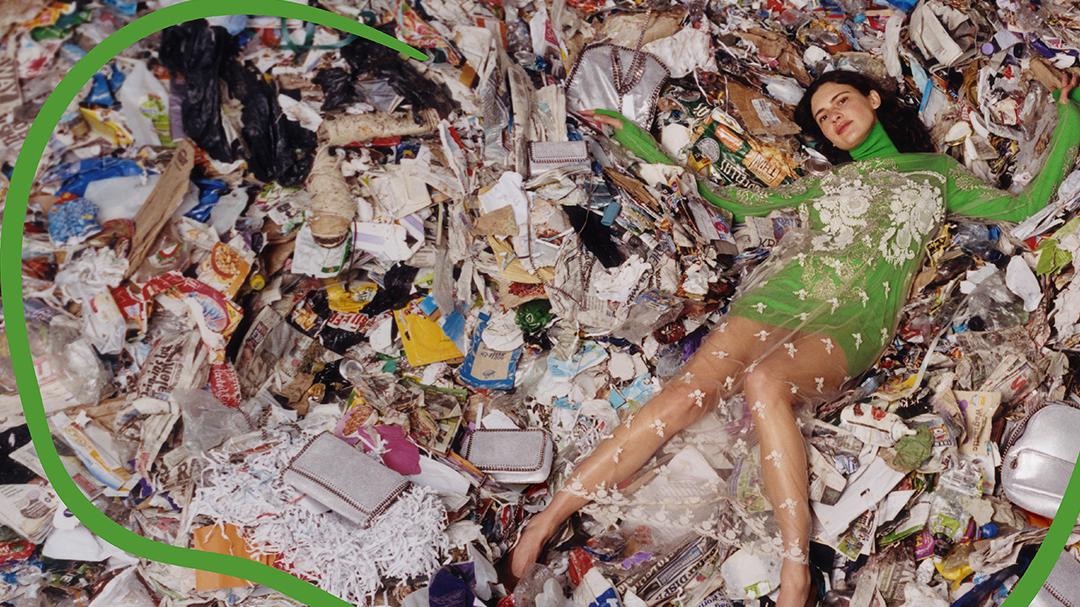What is the impaction of Fast Fashion?
Fast Fashion’s impact on the planet is huge. The pressure to reduce costs and speed up production time means that environmental corners are more likely to be cut. Fast Fashion’s negative impact includes its use of cheap, toxic textile dyes – with the fashion industry the second largest polluter of clean water globally after agriculture. That’s why Greenpeace has been pressuring brands to remove dangerous chemicals from their supply chains through its Detox The Catwalk campaign.
Cheap textiles also increase Fast Fashion’s impact. Polyester is one of the most popular fabrics. It’s derived from fossil fuels, contributing to global warming, and can shed microfibres that add to the increasing levels of plastic in our oceans when it’s put through a wash. But even ‘natural fabrics’ can be a problem at the scale fast fashion demands. Cotton requires enormous quantities of water and pesticides in developing countries. This results in risks of drought, creates huge amounts on stress on water basins and other environmental concerns biodiversity and soil quality, competition for resources between companies and local communities.
The constant speed and demand means there is also increasing stress on other environmental concerns such as land clearing, biodiversity and soil quality that may be at risk of drought. While the processing of leather also impacts on the environment, with 300kgs of chemicals being added for every 900kg of animal hides tanned.
The speed at which garments are produced also means that more and more clothes are disposed of by consumers, creating a huge amount of textile waste. In the UK alone, 235 million pieces of clothing were thought to have been sent to landfill in spring 2017.

As well as the environmental cost of Fast Fashion, there’s a human cost.
Fast Fashion impacts garment workers, who have been found to work in dangerous environments, for low wages and without basic human rights. Further down the supply chain, there are the farmers who may work with toxic chemicals that can have devastating impacts on their physical and mental health, a plight highlighted by the documentary The True Cost.
Animals are also impacted by Fast Fashion, as the toxic dyes that are released in waterways and microfibres that can be ingested by ocean life. When animal products such as leather and fur are used, animal welfare is put at risk. A recent scandal revealed that real fur, including cat fur, is actually being passed off as faux fur to unknowing shoppers in the UK. The truth is that there is so much real fur being produced under terrible conditions in fur farms, that it’s actually become cheaper to produce and buy than faux fur.
Finally Fast Fashion can impact consumers themselves, encouraging the “throw-away” culture because of both the built-in obsolescence of the products and the speed at which trends are produced. Fast Fashion makes us believe we need to shop more and more to stay on top of trends, creating a constant sense of need and ultimate disatisfaction. The trend has also been criticized on intellectual property grounds, with some designers alleging that their designs have been illegally mass-produced by retailers.